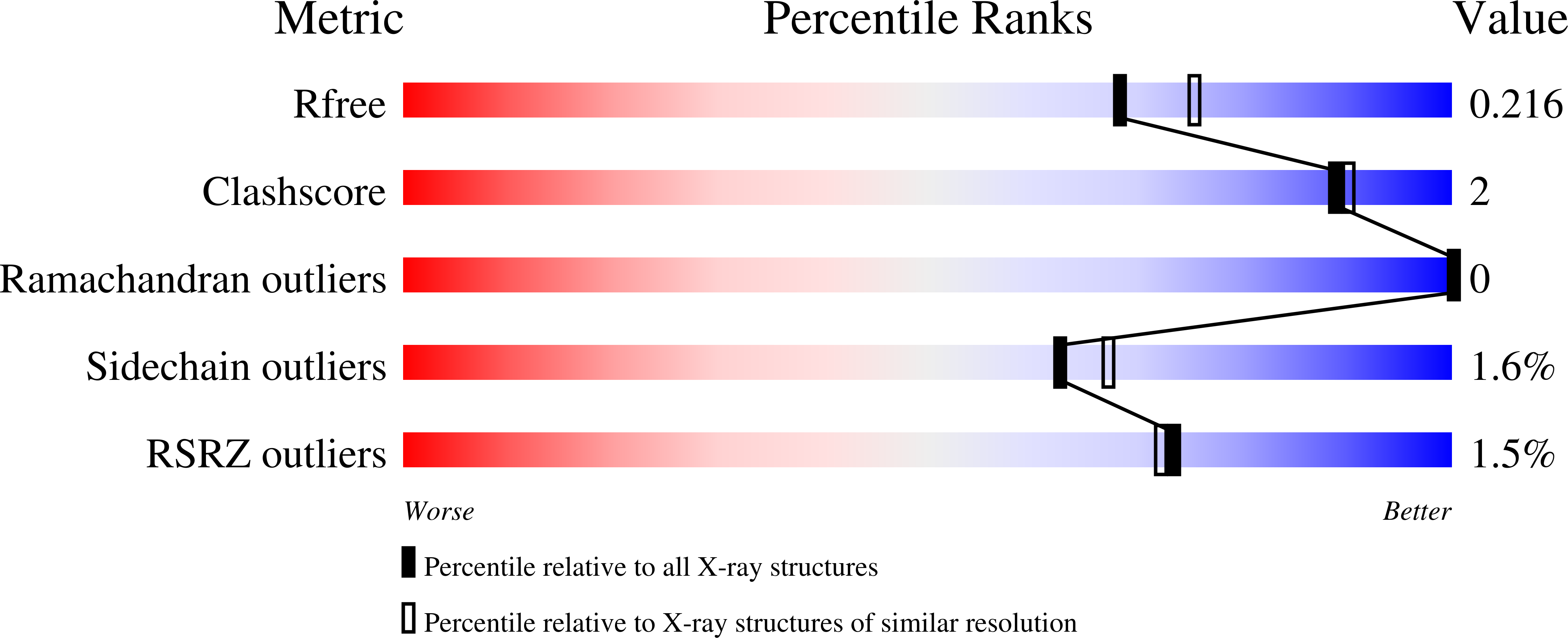
Deposition Date
2021-09-20
Release Date
2022-01-12
Last Version Date
2024-11-20
Entry Detail
PDB ID:
7S94
Keywords:
Title:
Structure of the core postfusion porcine endogenous retrovirus fusion protein
Biological Source:
Source Organism:
Sus scrofa (Taxon ID: 9823)
Host Organism:
Method Details:
Experimental Method:
Resolution:
2.00 Å
R-Value Free:
0.21
R-Value Work:
0.17
R-Value Observed:
0.17
Space Group:
P 1 21 1


